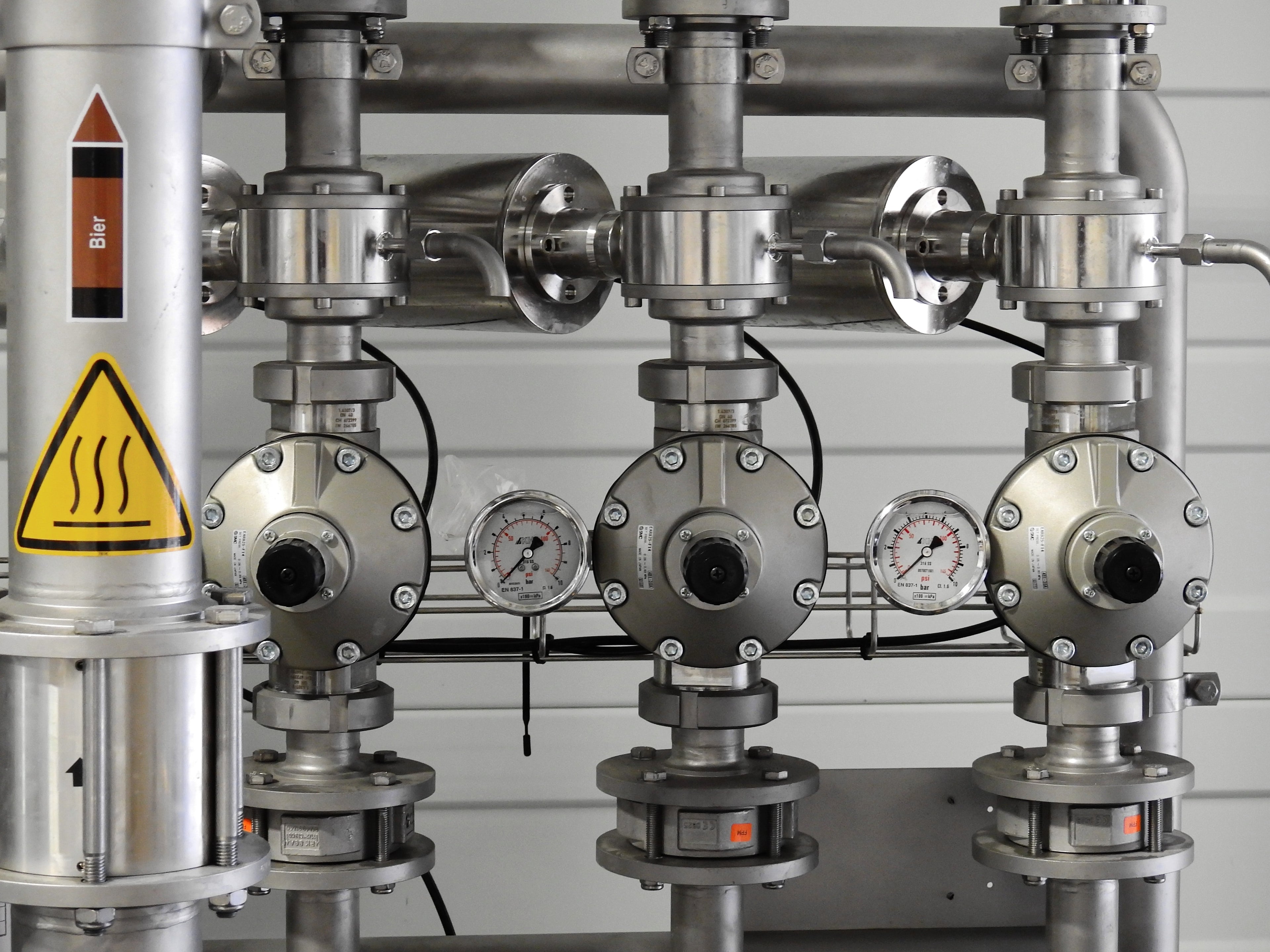Septic tank risers can be overlooked by homeowners when is time to maintain septic systems. These simple but essential components provide easy access to the septic tanks, which makes regular inspections as well as maintenance and pumping a lot easier. Installing risers to your septic tanks eliminates the necessity to dig out the ground every when you require the service. Not only will you save time, but your landscape is also less disturbed. The risers that are installed on septic tanks also reduce the possibility of injuries or accidents while maintaining, because they provide a secure way to enter the tank.

The management of effluent is a crucial aspect of maintaining an efficient septic system. The liquid waste that is taken out of the septic system into the drainfield to be used for treatment is referred to as effluent. It is comprised of water, organic matter and bacterial matter. The solid particles can accumulate in the bottom, forming the appearance of a sludge layer. If not taken care of promptly, this sludge can become a problem and cause obstruction to the system, causing backups, foul odors, and potential destruction to the drainage field. Regular pumping and control of effluent ensures that the tanks run effectively, preventing blockages and prolonging their lives.
A proper draining of your septic tank is crucial to the efficiency of your tank. When wastewater leaves your home and enters the septic tank, it undergoes a natural separation process. Solid waste is placed at the tank’s bottom, while lighter materials and oils are able to float upwards and up to the surface which forms the scum layer. The liquid residue, also known as effluent or wastewater, is discharged from the tank and goes into the drainfield for further filtration. A properly-designed drainage system can allow for a smooth flow of effluent, making sure that there are no flooding or backups. It is crucial to ensure that drainage pipes are free of roots, debris or other obstructions that can interfere with the effluent’s flow. Regularly checking and maintaining the drainage system will help to prevent costly repairs as well as environmental contamination.
Choosing the right septic tank for your house is a crucial decision that can have long-term implications for the sanitation of your home and functionality. There are many options on the market. It’s important to consider a variety of aspects before making your choice. The size of your tank should be determined by the water usage of your house as well as the number of people living in the house. If you are a large family or regularly entertain guests, then a larger tank is needed. Think about the materials for the tank. Concrete, plastic and fiberglass are popular choices. Each has its own advantages and disadvantages in terms of longevity, cost, as well as maintenance. Also, make sure you are aware of the rules and guidelines set by your local authorities on septic tank installations. Select a tank that meets all the standards that are required and complies with any guidelines.
Get a professional installer for septic systems. They will assess your property and offer expert recommendations based on soil and topography conditions. Consider these factors to ensure that you choose the ideal septic system for your property.
Maintaining and functioning properly of septic tanks as well as the efficient treatment of effluents, setting up risers, and ensuring proper drainage are all essential elements of an effective and stable system of septic. Septic tanks are the principal treatment for household waste. The management of effluent is the method that guarantees that the treated liquid waste. Risers offer easy access to the septic tank making maintenance easier and safer. A properly-drained system allows for a smooth flow of effluent as well as preventing malfunctions of the system. Homeowners can help create a healthy environment, safe, and sustainable living conditions by focusing on and following these aspects along with regular maintenance procedures.